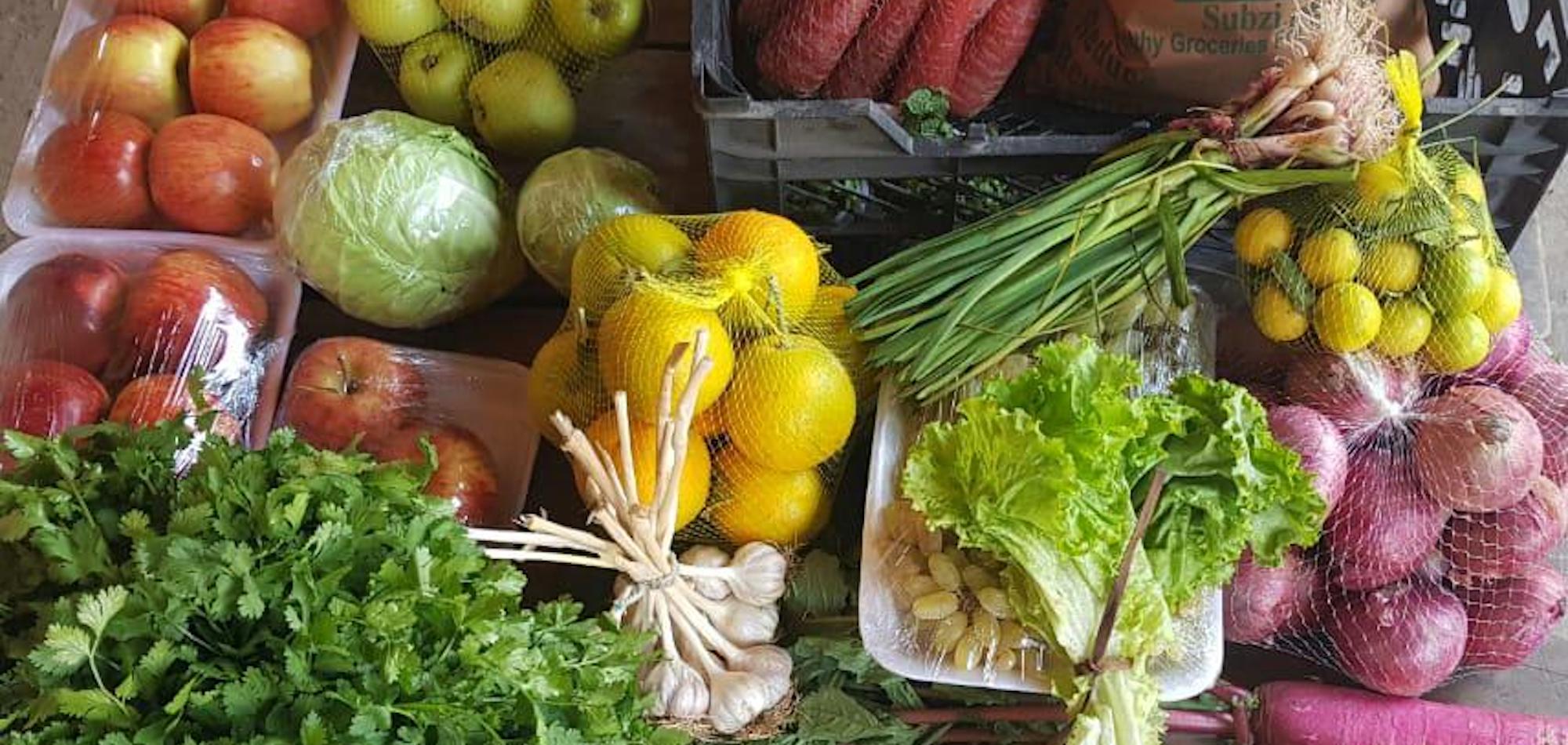Build Your Business
On leading change: How are you making your customers feel beautiful?
Iterating your prototype to creating maximum social change
August 02, 2016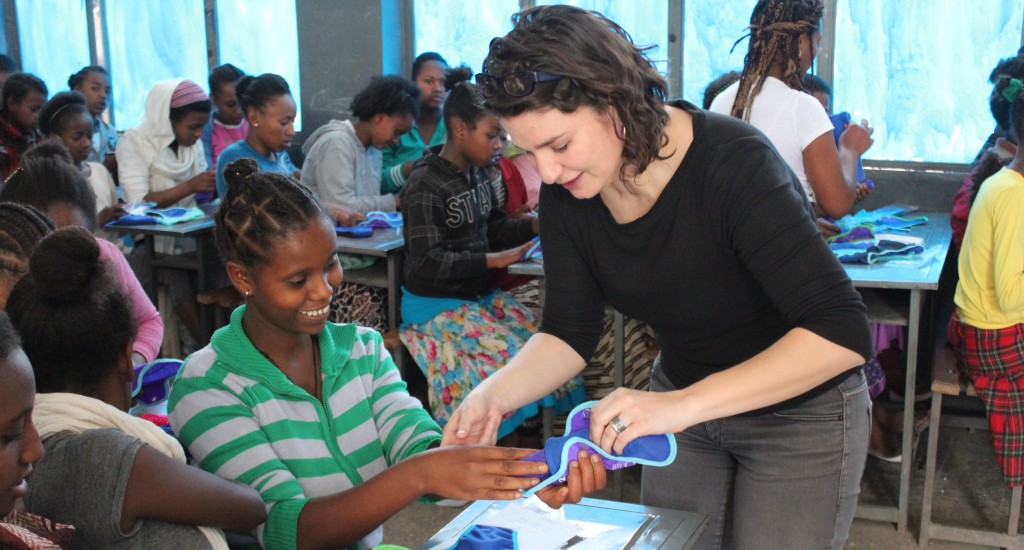
Diana Sierra is the co-founder and CEO of Be Girl, a social enterprise currently focused on helping girls, especially those who live in low-income communities, get access to the proper products with which to manage their menstrual hygiene.
Girls who lack access to something as simple as reliable sanitary pads are more likely to miss school during their monthly periods, which can impact their performance and increase the chance that they will drop out of school, which can limit their opportunities later in life.
Through Be Girl’s beta launch phase they have already distributed 20,000 sanitary pads and panties to girls all over the world. But these aren’t your run of the mill sanitary products. They are bright, they are beautiful, and they are made from the best materials with lots of thoughtfully designed features (e.g. instructions printed on the pads, stretchy lace trim designed to grow with a girl, and lots more).
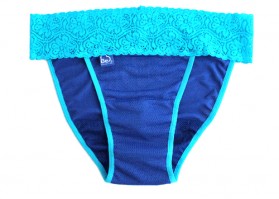
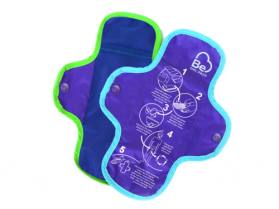
Diana’s aspiration is to create a global brand that changes the conversation around menstruation and some of the negative stereotypes girls face from a negative one to a positive one through the design of beautiful, high performing products.
She came to the aspiration through her ongoing testing of different product prototypes with the girls themselves. “My first prototypes were black. I made them black because you’re talking about menstruation, so you want a color that can hide it. And all girls were saying that they would love these pads to be colorful. Poppy, girly…like flashy. And you start thinking 'of course! They are girls!' Diana said. “They are starting to see this as a fashion statement or a fashion piece and of course they want it to be fun and beautiful.”
And Diana hasn’t stopped there. She has continually iterated on her designs and has come to see how a beautifully designed product can have the power to shift how girls perceive themselves and how their communities perceive them.
“The fact that a girl had been always told that she is cursed or that when she has her period she is sick and all these negative things… [Now] she is getting a beautiful product because she is a girl, [and] she can feel proud and feel celebrated in a way. It matters.”
When it comes to designing solutions for the poor, many people are quick to emphasize the need for it to be practical, affordable and accessible. However, how many of us stop to figure out a solution that makes the people we are trying to serve feel beautiful as well? If we did that, how might it change about the way the poor see themselves, and the way others view them?
Diana passionately believes that just because she designed something for end-users in Africa doesn’t mean that she has to compromise on aesthetics or quality. She recognizes that, rich or poor, we have a shared desire to be seen and that we are really not too different from each other.
“We create products for womankind. So the same quality product that you’re planning to deploy for Africa is the same quality product you can get here in the U.S.”
Diana and I covered a lot more ground in our Skype conversation. Listen to it in full below and learn more about:
- How Diana transitioned from being an industrial designer to starting a social enterprise
- What Diana learned as she iterated on her initial prototype (which was made from umbrellas and mosquito netting)
- Be Girl’s hybrid business model and how she has thought through the criticisms of the buy-one-give-one model
- Diana’s advice for aspiring social entrepreneurs
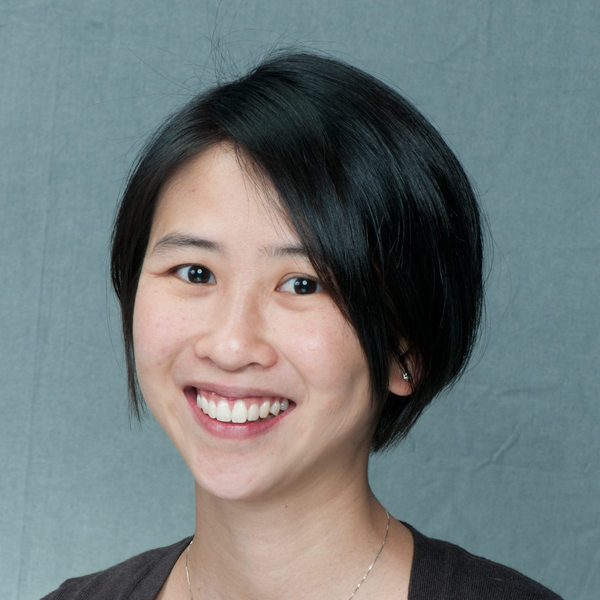
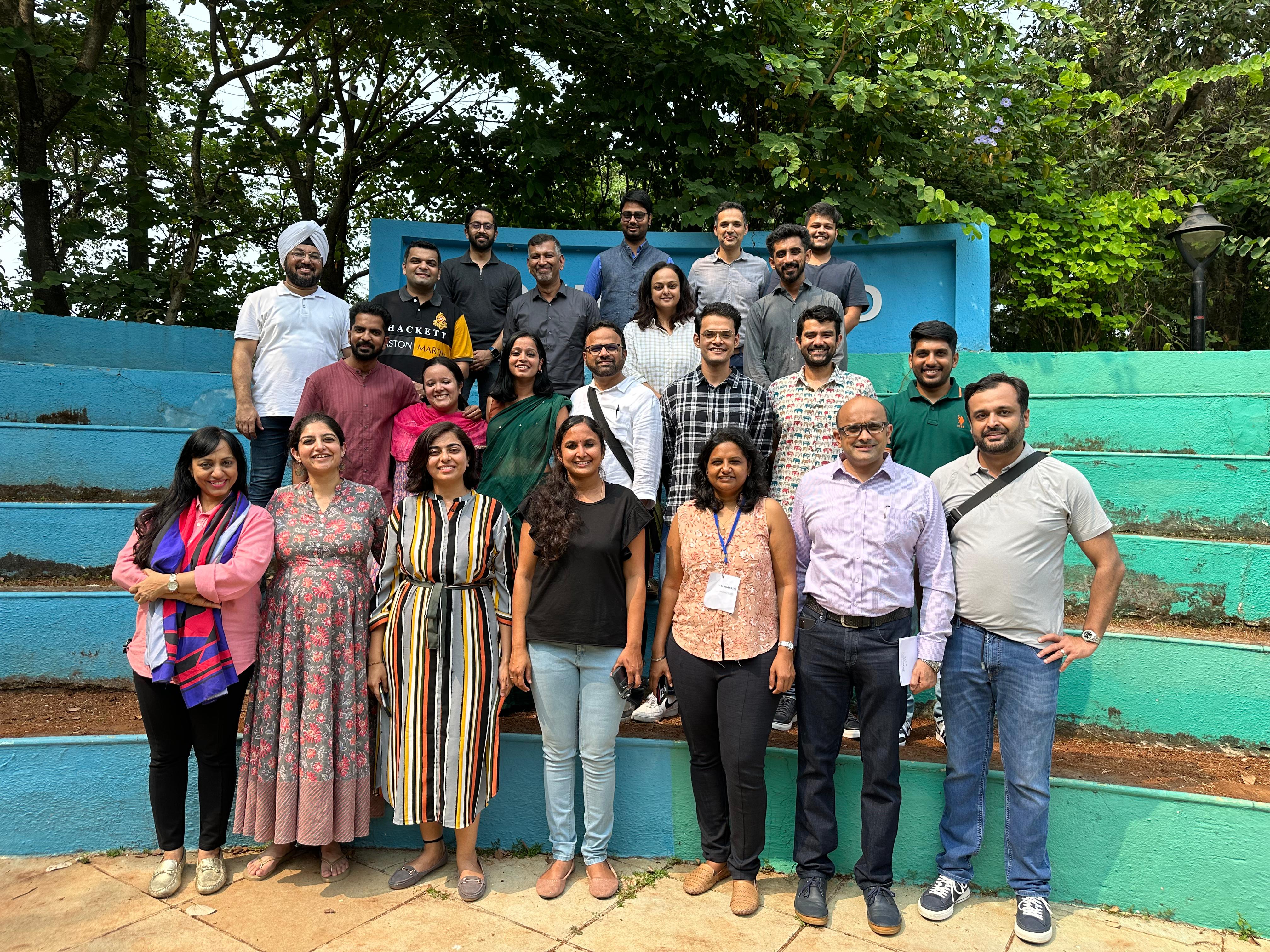
.png)
